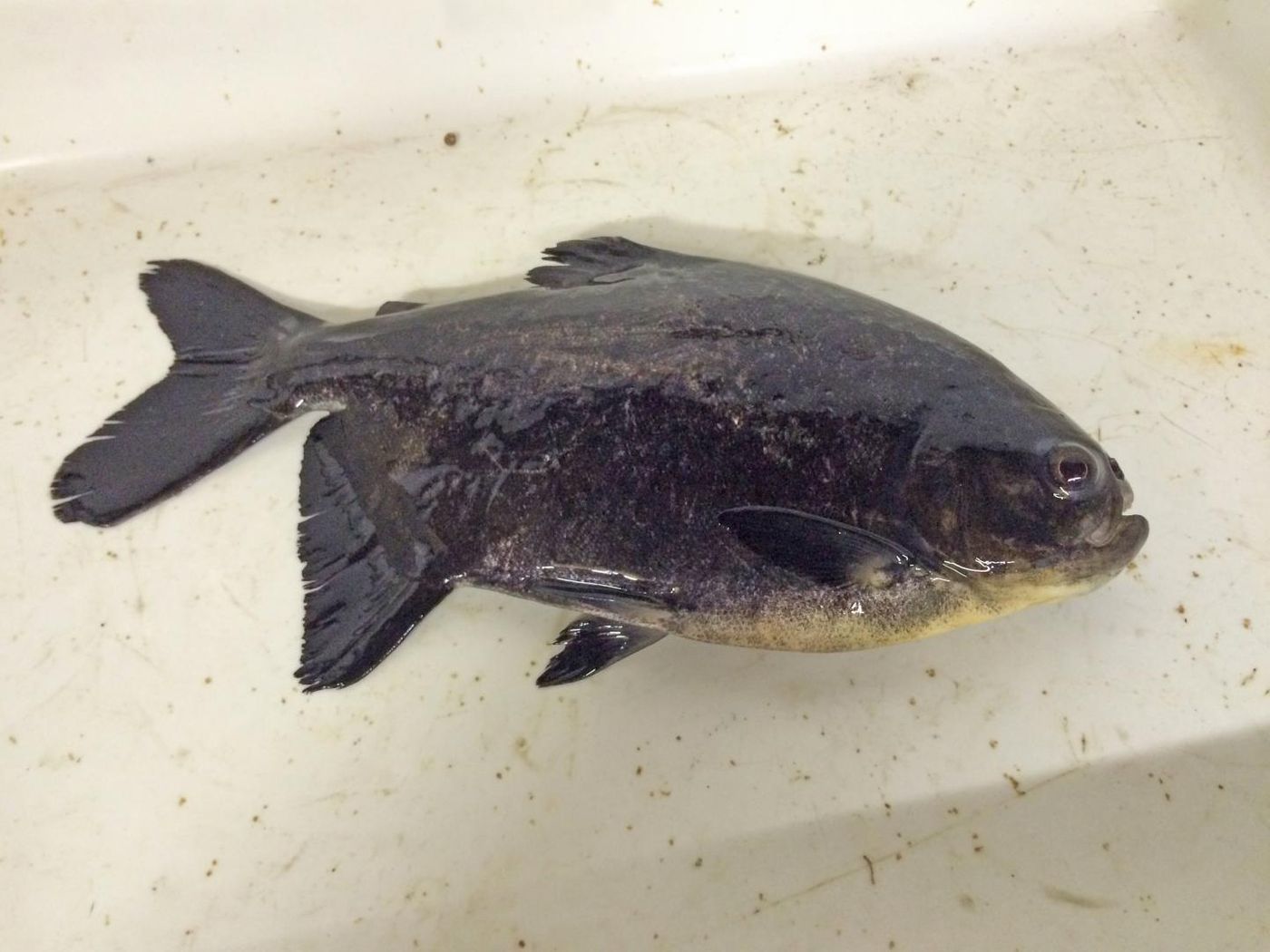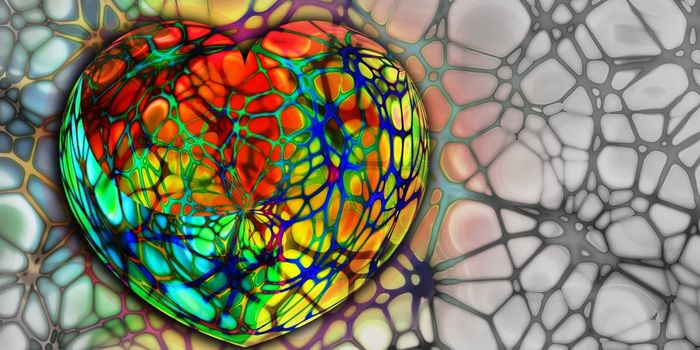Antibiotic Resistance Genes can Spread Quickly in Multiple Ways
A team of researchers from the Helmholtz Zentrum München, the University of Campinas and the University of Copenhagen has found that antibiotic resistance genes can be transferred between bacteria quickly, through a variety of mechanisms. These findings have been published in the journal Microbiome, and show that there's more to the rise of antibiotic resistance than we thought.
"In the past 70 years, the use of antibiotics in human and veterinary medicine has steadily increased, leading to a dramatic rise in resistant microorganisms," noted Dr. Michael Schloter, professor and head of the Research Unit for Comparative Microbiome Analyses (COMI) at Helmholtz Zentrum München. Unfortunately, many microorganisms are gaining resistance to a range of substances, not just one antibiotic, he added. This has made treating some infectious diseases very challenging. "We, therefore, set out to discover the mechanisms responsible for resistance development," he added.
For this work, Schloter, Gisle Vestergaard of the University of Copenhagen and Helmholtz Zentrum München and colleagues utilized a fish model, Piaractus mesopotamicus. This South American species is known as pacu and is often used in aquaculture. The fish were exposed to the antibiotic florfenicol for 34 days. The researchers collected samples from the fish digestive tract during and after this time, assessing the genetic changes in the gut bacteria of the fish.
"As expected, administration of the antibiotic induced an increase in the genes responsible for resistance to that antibiotic," revealed the lead author of the report, COMI graduate student Johan Sebastian Sáenz Medina. "One example [is] genes for pump proteins, which simply remove the active substance from the bacteria again. However, we were particularly surprised by the different mechanisms that we could detect by which antibiotic resistance genes are spread amongst gut bacteria of the fish. This suggests that the bacteria also exchange resistance through viruses, known as phages, and transposons."
Transposons are genetic sequences that can jump around the genome. Additional metagenomic work confirmed that they can trigger the rapid distribution of resistance genes through the genomes of different organisms. It had been thought that plasmids were primarily responsible for transferring resistance genes.
"The finding that resistance is also extensively transferred between bacteria without the involvement of plasmids is really quite surprising," said Schloter. "Based on this observation, relevant dissemination models should be reviewed and modified. In addition, our data certainly lead us to question whether and to what extent we should continue to use antibiotics in the world's increasing number of aquacultures."
Sources: AAAS/Eurekalert! Via Helmholtz Zentrum München, Microbiome









